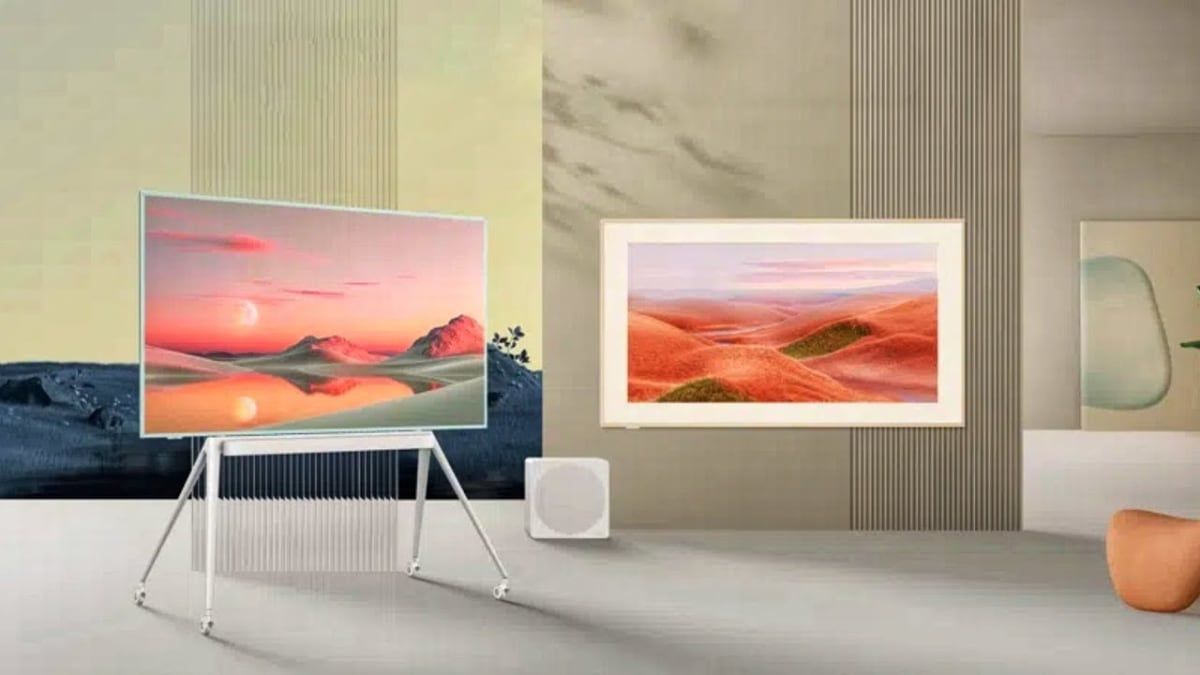
Research from Omdia shows that TCL is stepping up its game, not only in the market for lower-end TVs but also in the premium segment, where its Mini-LED televisions have been slowly chipping away at the market share of industry leader Samsung Electronics.
TCL accounted for 12.6% of all global TV shipments in the first quarter of the year, moving up 0.7% from the year before. Meanwhile, Samsung’s market share in the first quarter declined from 20.3% one year ago to just 18.8%.
LG Electronics’ market share remained more or less flat, at 11.8% this year compared to 11.7% one year earlier.
The rise of TCL is most notable in terms of its sales value, which grew at a much faster clip than its overall sales volume did. That suggests that TCL is selling more premium TV models than it has done in prior years, and will be a concern to both Samsung and LG, which have traditionally been even more dominant in that segment.
At the end of the first quarter, TCL commanded 11.6% of all TV sales in terms of revenue, up 1.8% from a year earlier.
Meanwhile, Samsung and LG both saw their revenues decline slightly, from 31.9% to 29.3%, and from 17% to 16.7%, respectively.
What’s driving TCL’s growth in the premium TV segment is its Mini-LED models, which debuted back in 2019 and have gone from strength to strength ever since then. Among its most expensive premium TV models is the 115-inch TCL X955 Max Mini LED TV that HDTVTest got to play with earlier this year.
While Samsung and LG both sell Mini-LED TVs, branded as Neo QLED and QNED respectively, Omdia says they’re struggling to match the sales pace of TCL. One of the reasons for that is the cost of TCL’s Mini-LED TVs, which although marketed as premium, cost around half the price of the South Korean brands’ comparable models.
TCL also outdoes its Korean rivals in terms of size, with the TCL X955 Max Mini being the world’s largest consumer Mini-LED TV. In addition, TCL is looking to expand its lineup elsewhere. It recently announced a new model called the TCL Nxtframe TV, an art gallery-inspired model that will compete directly with Samsung’s The Frame. The Nxtframe TV has some key advantages in that it’s newer, cheaper and boasts an advanced sound system developed by Bang & Olufsen.

TCL has reportedly spent more than $4.4 billion on Mini-LED display development, and its panel-making subsidiary notably supplies both LG and Samsung. TCL CSOT, as the display making division is called, is also reportedly looking to buy LG Display’s sole remaining LCD manufacturing plant, in a move that would likely boost its Mini-LED manufacturing capabilities.
The factory seems like a smart investment for TCL, as the Mini-LED market is growing overall, providing the company with an additional tailwind. According to another analyst firm, DSCC, premium Mini-LED TV television shipments will continue growing until they surpass OLED TV shipments in 2027. It’s notable that TCL doesn’t compete in the OLED TV sector, instead preferring to focus all of its energies on the former segment.
However, despite TCL’s momentum, Samsung is looking to fight back by creating new functionalities in its high-end TVs. For instance, it’s working to connect multiple home appliances to its TVs, which will act as a hub through which users can control everything from their air conditioners and refrigerators to their lights and thermostat.
LG’s strategy meanwhile, is to double down on its OLED TVs at the expense of Mini-LED. In addition, both companies are laser-focused on bringing more content to their televisions through partnerships and their own, ad-supported streaming services.